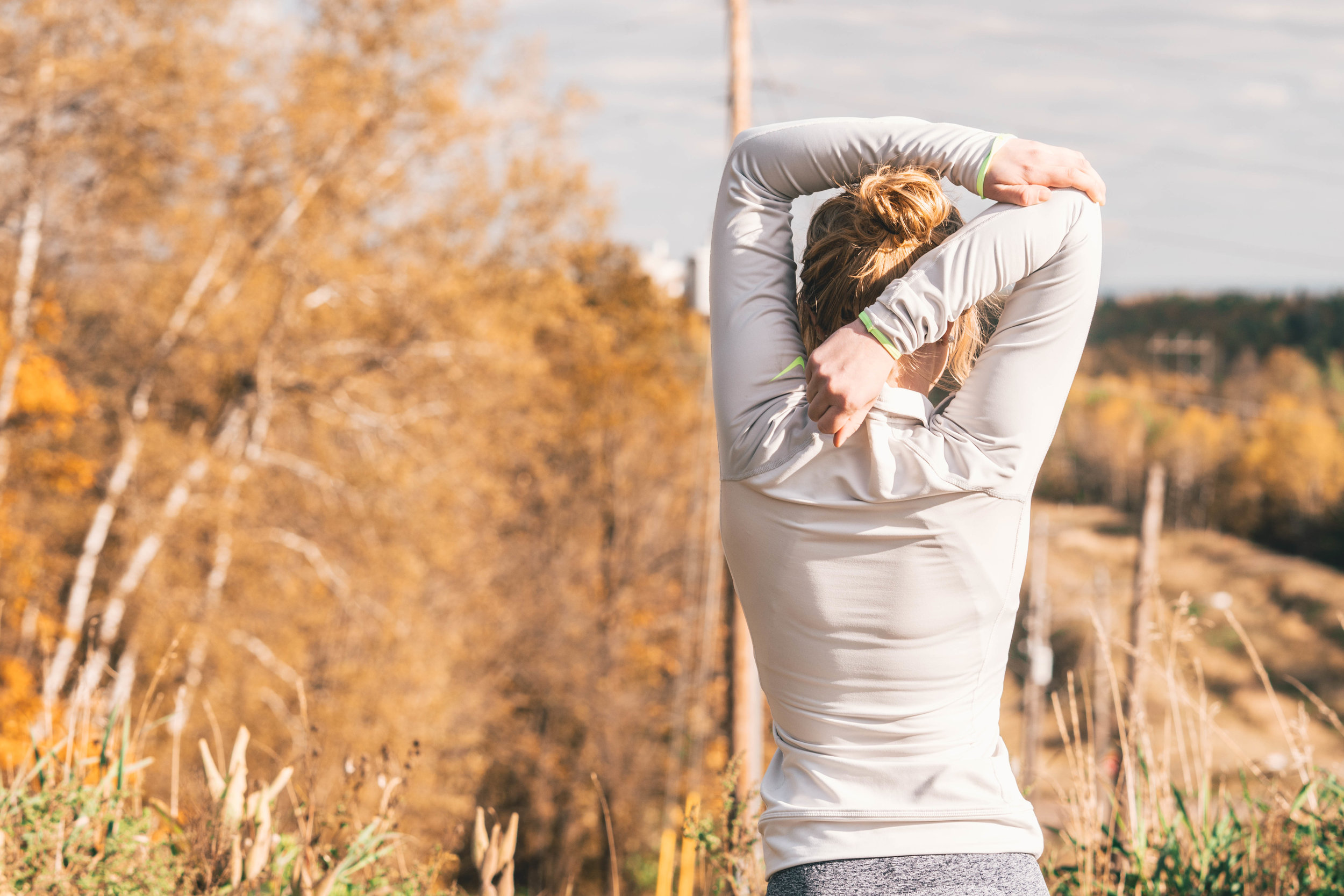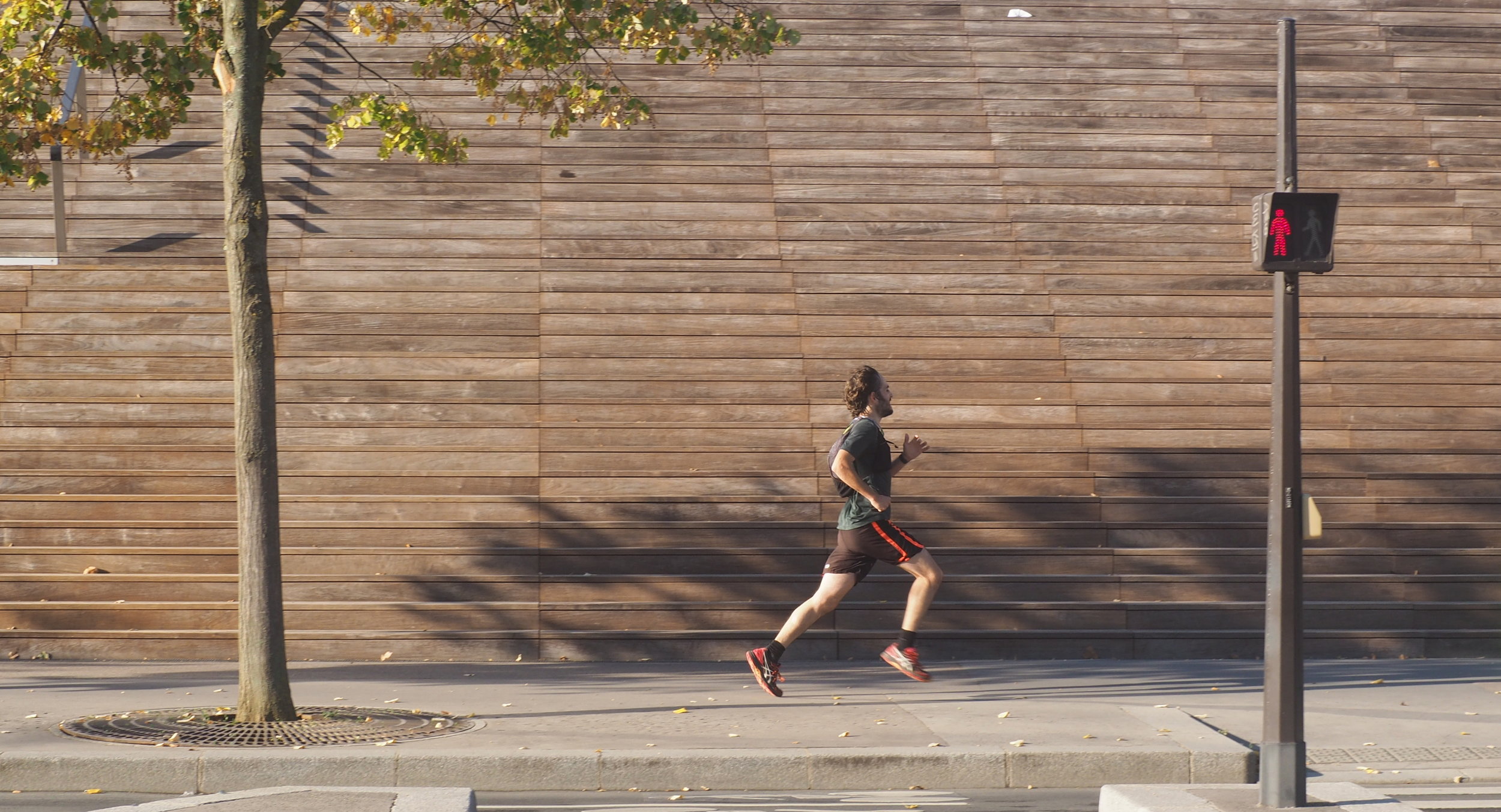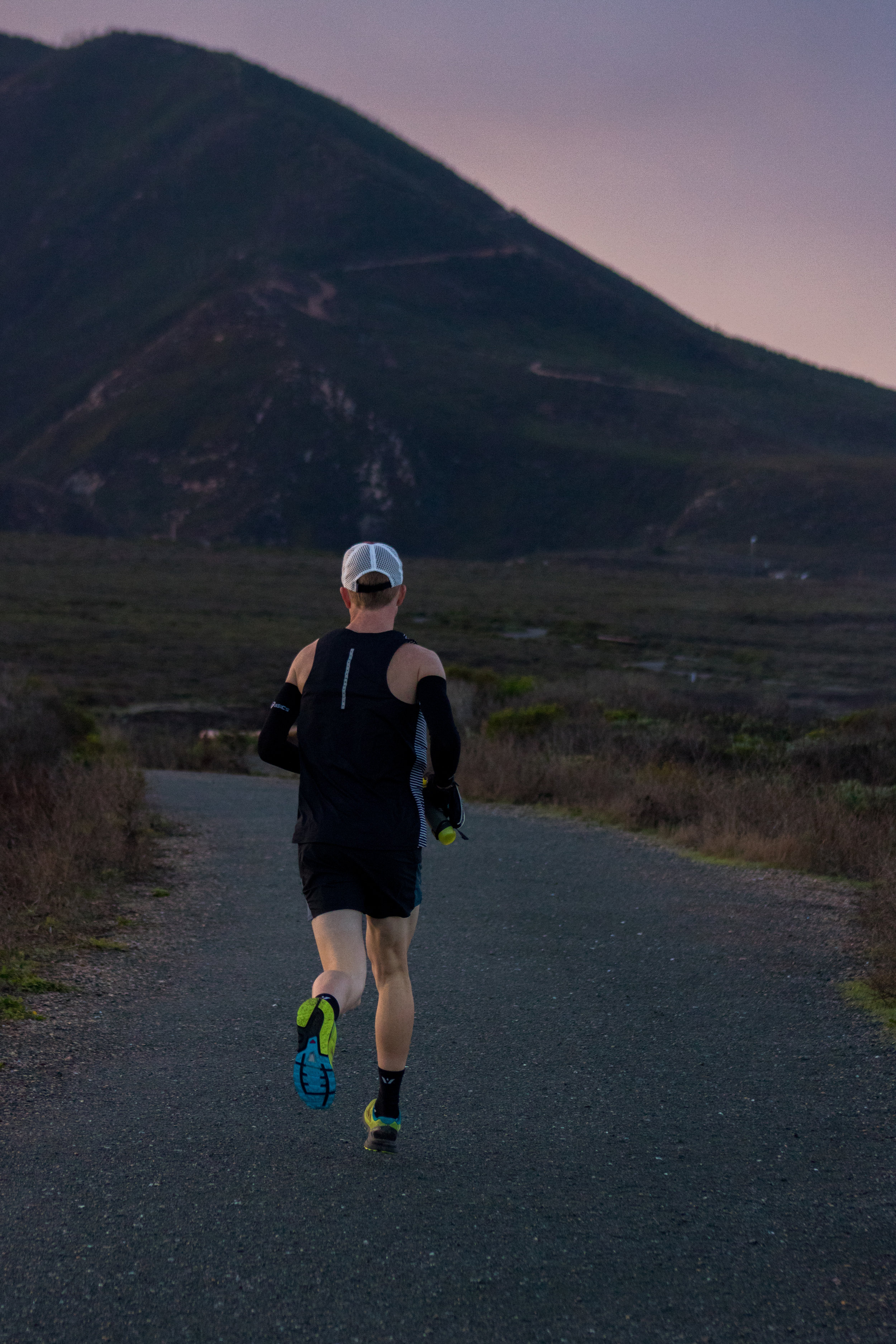#24 Runners Stretch
SNAPSHOT
PLEASE STRETCH
DIGGING DEEPER
The swinging pendulum has made its way from Stretching is Bad to Stretching is Good. I hover at about 20% from center on the Stretching is Good side. Those that don’t stretch before, during, or after running look stiff with shorter strides. Without full range of motion you can not use your body to its fullest potential.
Physical Therapists are going to instruct you to regularly stretch. They get to visit with many runners who are injured and see the effect of not stretching, injury. So why not stretch your muscles and increase mobility instead of getting injured and then hearing from your PT that your muscles are too tight to allow your body to work well.
My Cheat Sheet on Stretching
Before a Run - Dynamic (moving) stretches like leg swings, torso twists, arm swings, lunges, and squats.
During a Run - Dynamic (moving) stretches like leg swings, torso twists, arm swings, lunges, and squats.. PLUS, strides (short sprints where you build up the speed and then slow down all within 50 meters, striving for good form and quick turnover)
After a Run - Static (holding stretches for 30 seconds) stretches like toe touches, figure four, pigeon, cross body shoulder stretch, etc. In Addition Active Release stretching ( movement stretch with a pause), massage through foam rolling, Yoga, and Pilates.
DO NOT DO
NO Static stretching right before a race or speed workout. Your muscles act like springs and if you stretch the spring out, they won’t get their tension back in time to run well. Instead use dynamic stretching before racing or speed workouts.
NO Stretch when you have a pulled muscle. A damaged muscle doesn’t need damaged more. Rest injuries!
NO Aggressive stretching can damage a tendon or muscle (yep, can happen easier than you think)
YES DO THIS
Mindful stretching
Oppositional stretching (ex. push the hip to the floor as you push the heel to the ceiling)
Dedicated stretching sessions once or twice a week
Stretch after every workout/run, both upper and lower body
Stretch after sitting, especially after riding/driving in a car
Stretch when you wake up in the morning
Stretch before bedtime
Injury rehab should include short stretching sessions (1 -2 minutes) 6-8 times a day
Include Yoga or Pilates in your weekly training plans
Use these books for more insight:The Whartons' Stretch Book,The Anatomy of Stretching, Dynamic Stretching
Favorite Stretching Accessories: Calf Stretcher, Stretch Strap, Resistance Bands, Foam Roller, Sculpted Foam Roller
SOLUTION
In order to run happy, your body needs its full range of motion, therefore stretch throughout the day.
This 30-day series is a quest for me as a writer, coach, and runner. I promise to write about running for 30 days in a row. In doing so I intend to gain in knowledge and expression of running and daily life. My hope is that we all grow together.
























